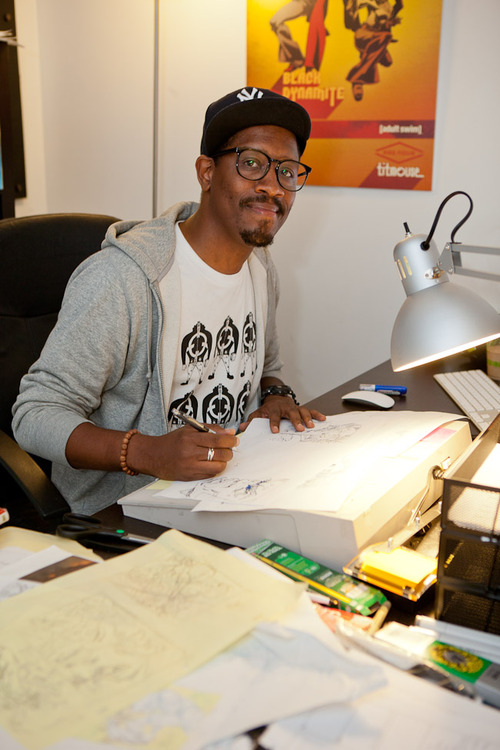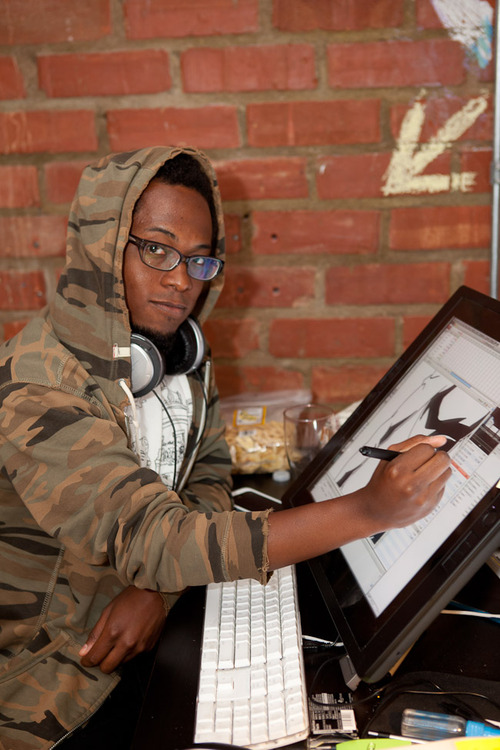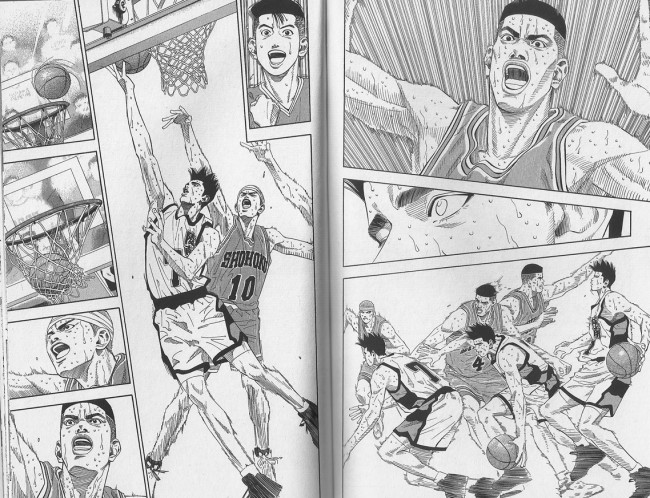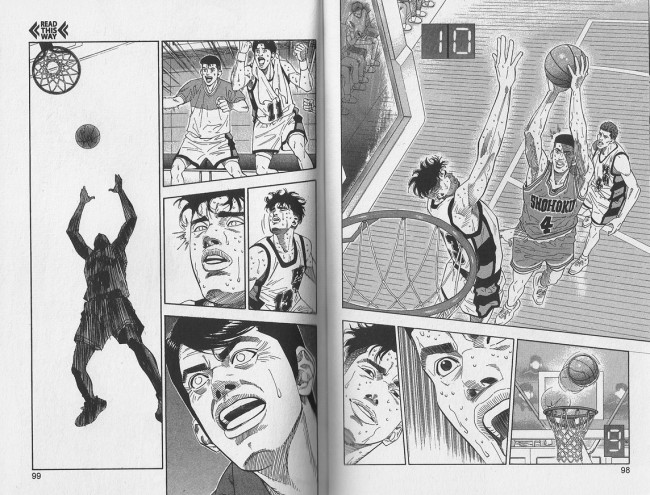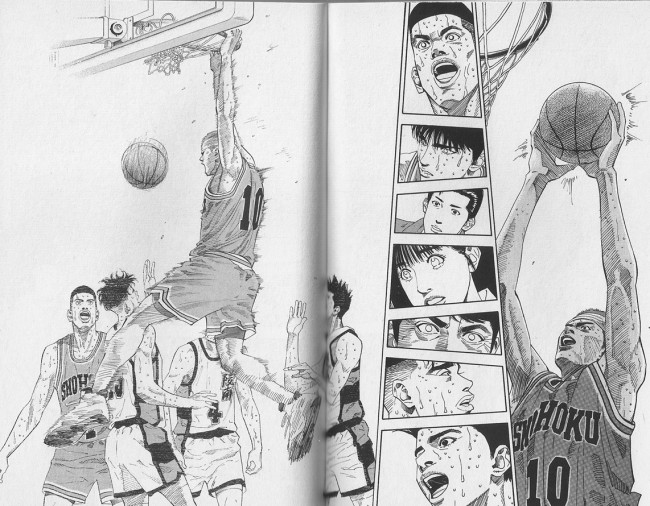
Stuff I Liked in 2013: Wack Rappers
January 7th, 2014 Posted by david brothersIf you asked me in 2012, I’d say that A$AP Rocky, Big Sean, and Childish Gambino were wack.
I went home for Christmas in 2012 and spent a lot of time with my little brother for the first time in a few years. It might have been the first time we hung out as real deal adults, rather than me being older and him being a younger brother. We watched basketball, he drove me to get a new tattoo, fun times were had.
He played a lot of Big Sean in the car, when me and our cousin let him instead of trying to bogart the stereo. My position on Big Sean has been “son is wack” for ages, at least since GOOD Fridays. He’s not awful so much as boring, like he’s doing a poor impression of someone I might have liked.
But my brother kept at it, talking about how lyrical this verse is or deep that song’s concept is, and so on and so forth. I was hesitant, but you know what? Sitting in that car, talking about the raps, running tracks back, I had to rub my chin and admit that this guy got it in on occasion.
My brother told me to cop his Detroit tape, and I got really into it. It sounds better than anything Sean has done, and while he’s still not great, he’s definitely somebody who I’m willing to check out on occasion. So I guess I kinda like Big Sean.
I hated on A$AP Rocky for a long time because he rapped like he was from the South, but about half as good as the people who influenced him. I liked his video for “Purple Swag”, especially the visual impact of the lady in the grill, but as a rapper, he didn’t move the needle. I wasn’t into his LiveLoveA$AP either. I didn’t like him, but I liked a few features, like his cut on Main Attrakionz’s 808s & Dark Grapes II album and “Hands on the Wheel” with Schoolboy Q.
But his Long.Live.A$AP…I think it was Sarah Horrocks (twitter, tumblr) who kept talking about him while I was busy ignoring him. I hadn’t even heard any singles until I bootlegged Long.Live.A$AP, but by the end of that week, I was hooked.
More than hooked—I copped the vinyl at my first opportunity and binged on the videos. (The vinyl is translucent orange, and it warps easily if you fall asleep listening to the album on a lazy Saturday while the sun’s out.) So much of it is way hotter and way deeper than I’d ever imagined. It opens on a few hot lines (“I thought I’d probably die in prison; expensive taste in womennn/Ain’t had no pot to piss in, now my kitchen full of dishes”) and then Rocky is off and running. The biggest surprise was that it’s my type of album, and I felt dumb for sleeping on it. Now I like to play “Wild For the Night” at max volume when playing video games.
Childish Gambino was in that Big Sean box, too. I like Donald Glover’s stand-up comedy a lot, but his raps were firmly in the “dorky Drake” vein, but less listenable than pretty much every other Regular Guy Rapper I messed with. It felt like a pantomime to me. He definitely found a fanbase and kept making music, but I got to the point where I wouldn’t bother, even though random people would ask me what I thought about him for reasons I still can’t figure out.
I picked up Jhené Aiko’s Sail Out a couple weeks ago, mainly off the strength of her being a killer guest on basically every rap song I ever heard her sing on. I wanted to see her in her element, guiding the ship instead of playing First Mate, and it delivers. It’s a good album. It includes this song, “Bed Peace:”
And Aiko is good, as expected (pick a line, they all stuck with me), but Gambino goes in on a verse that puts me in mind of Tabi Bonney, who I like a whole lot. It’s sensitive guy raps, love raps, but his delivery and contents kill me. He hit the triple axel and stuck the landing, and I’m glad I got to hear it.
2013 involved a lot of dumb personal and professional stuff, but I experienced a lot of change over the course of the year, too. Pusha T, who was once a Scorn Lord, dropped a weak album. I went from ignoring Lana Del Rey to really digging her stuff. I slept on Future, mistakenly thinking he was another cat out of Atlanta who I thought was mediocre, and now I listen to “First Class Flights” and “Same Dame Time” (remix and original) four or five times a day.
I don’t mind being wrong, especially when being wrong about one thing doesn’t stop you from enjoying other things. All of this stuff, opinions to typing on the internet, isn’t set in stone. It’s okay to change, and it’s definitely okay to be wrong. I’m constantly re-evaluating and thinking about why I think what I do, and sometimes giving a little gives you a lot.

